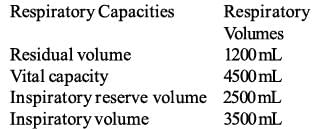Biology: Topic-wise Test- 1 - NEET MCQ
30 Questions MCQ Test - Biology: Topic-wise Test- 1
Which one of the components of ECG in human is correctly interpreted below?
Given below are the diagrammatic representation of position of floral parts on thalamus, condition of ovary and example. Find the correctly matched combination?
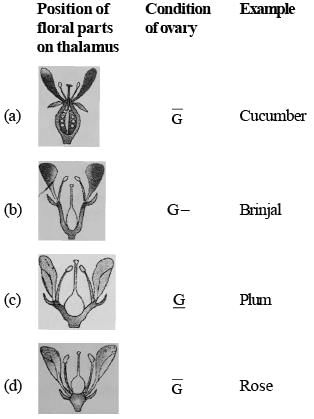

What percentage of a human adult's body weight is contributed by muscles?
How many types of leukocytes are primarily categorized?
Which of the following changes occur in diaphragm and intercostal muscles when expiration of air takes place?
The given diagram:
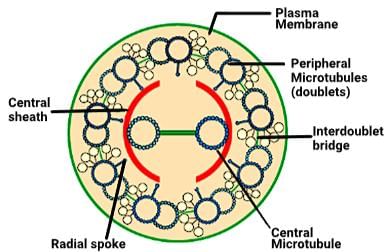
I. shows the diagramatic reresentation of the ultra-structure of centriole
II.shows the 9 + 2 arrangement of the axeonemal microtubules of the cilia/fragella
Which floral part is responsible for producing pollen grains?
Which part of the nephron is responsible for the reabsorption of water and solutes from the filtrate?
The interphase between meiosis I and II, when present, is called
Which is correct?
a) Argemone – axile,
b) China rose – free central,
c) Lemon – axile,
d) mustard – parietal.
Which of the following would help in prevention of diuresis?
The figure given below shows a small part of human lung where exchange of gases takes place. In which one of the options given below, the one part A, B, C or D is correctly identified along with its function?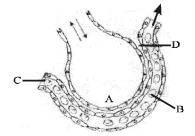
Which of these processes is not a part of the cell cycle?
In the floral formula "K(5) C(5) A5 G(2)", what does the symbol "G(2)" represent?
The diagram below shows a mammalian nephron and indicate how it functions in three parts, x, y and z.
In x the adrenal glands have been removed In y the adrenal glands have been left intact (control).
In z the adrenal glands have been removed and an extract of adrenal hormone produced which was then injected back into the same animal.
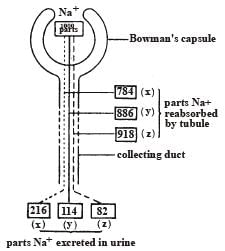
Which one of the following accounts for the higher rate of reabsorption of Na+ in z?
Which of the following is NOT a feature of prokaryotic cells?
In the given diagram of skull, what does “I” represent?
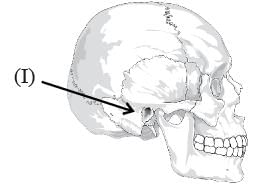
Identify the biomolecule shown in the structural diagram given below.
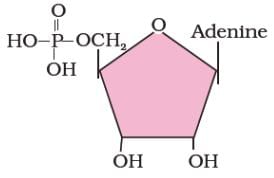
Select the events that do not occur in interphase stage of cell-cycle
(i) RNA and protein synthesis.
(ii) Cytoplasmic growth.
(iii) Polymerisation of spindle fibres protein.
(iv) Disappearance of Golgi bodies and ER.
(v) DNA molecules in highly supercoiled stage.
Listed below ar e four r espiratory capacities (i–iv) and four jumbled respiratory volumes of a normal human adult:
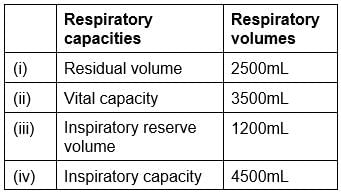
Which one of the following is the correct matching of two capacities and volumes?
Which among the following is incorrect about different types of cells?
Lungs are made up of air-filled sacs, the alveoli.They do not collapse even after forceful expiration, because of:
What is the role of calcium ions in muscle contraction?




